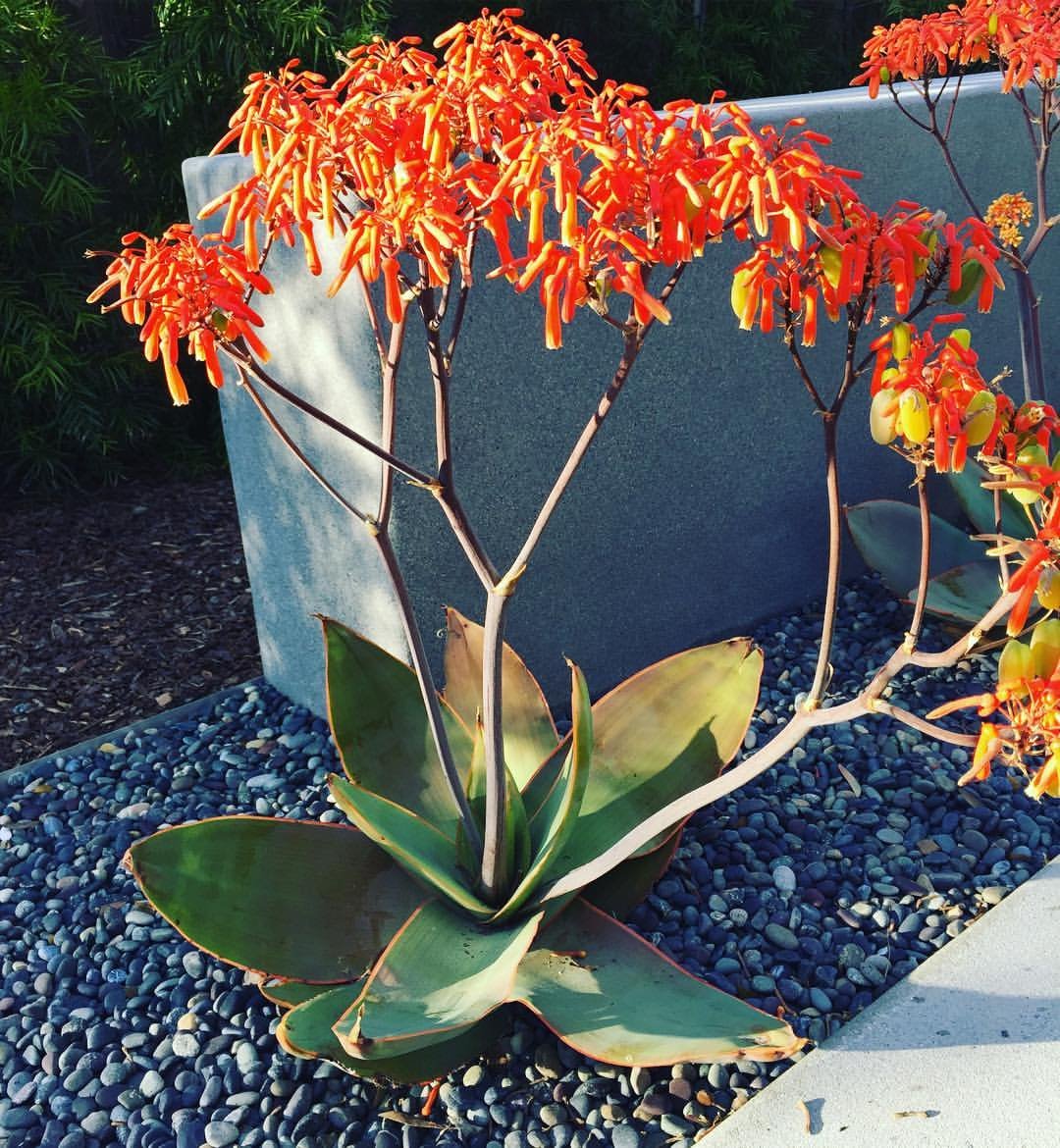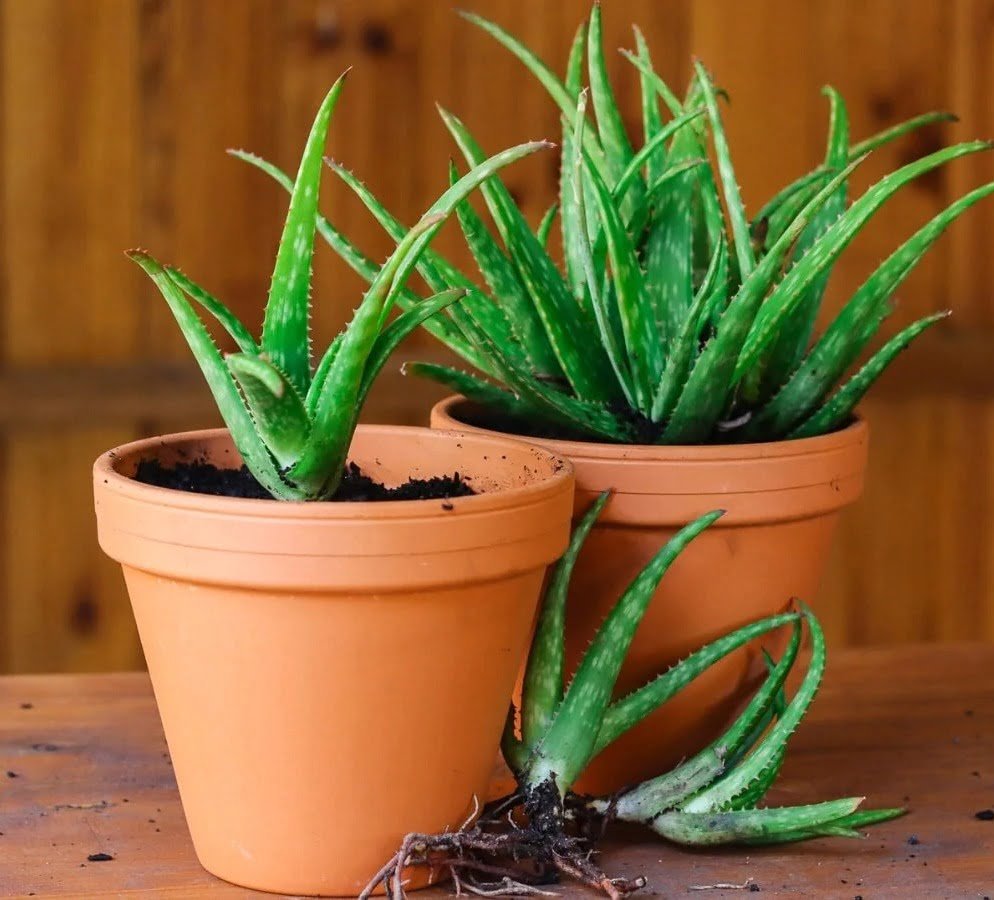Discover the secrets to successfully growing and caring for Aloe Plants, including the popular Aloe vera, Aloe Arborescens, and other varieties. This guide covers everything from planting to maintenance and troubleshooting.
Aloe Plants have been cherished for centuries for their medicinal properties and striking, architectural forms. From the well-known Aloe vera to the towering Aloe arborescens, these succulent wonders add a touch of unique beauty to any garden or indoor space. Whether you’re a seasoned gardener or a beginner, cultivating aloe plants can be a rewarding and fascinating experience.
In this comprehensive guide, we’ll delve into the world of aloes, exploring their diverse varieties, growing requirements, and care instructions. You’ll learn how to select the right aloe plant for your climate and growing conditions, as well as tips and tricks for ensuring their longevity and health.
Varieties of Aloe Plants
Aloe plants belong to the Asphodelaceae family and are native to various regions, including Africa, the Arabian Peninsula, and parts of the Mediterranean. While there are over 500 known species, some of the most popular and commonly grown varieties include:
1. Aloe vera

Here’s the short information about Aloe vera:
| Aspect | Information |
|---|---|
| Botanical Name | Aloe vera |
| Plant Type | Perennial succulent |
| Zones | 9 to 11 |
| Exposure | Full sun to partial shade |
| Bloom Time | Typically does not bloom indoors, may bloom outdoors in warm climates |
| Height/Spread | Height: 1-2 feet, Spread: 1-2 feet |
Arguably the most well-known aloe species, Aloe vera is renowned for its medicinal properties and succulent, fleshy leaves that contain a soothing gel.
2. Aloe arborescens

Here’s the short information about Aloe arborescens:
| Aspect | Information |
|---|---|
| Botanical Name | Aloe arborescens |
| Plant Type | Perennial succulent |
| Zones | 9 to 11 |
| Exposure | Full sun to partial shade |
| Bloom Time | Typically blooms in winter or early spring |
| Height/Spread | Height: 6-10 feet, Spread: 3-4 feet |
Known as the Tree Aloe or Torch Aloe, this impressive species can grow up to 10 feet tall, with a thick, tree-like stem and vibrant red or orange flowers.
3. Aloe ferox

Here’s the short information about Aloe ferox:
| Aspect | Information |
|---|---|
| Botanical Name | Aloe ferox |
| Plant Type | Perennial succulent |
| Zones | 9 to 11 |
| Exposure | Full sun to partial shade |
| Bloom Time | Typically blooms in winter or early spring |
| Height/Spread | Height: 6-10 feet, Spread: 3-4 feet |
The Bitter Aloe or Cape Aloe is a large, robust species with thick, spiky leaves and a tall, branching stem that can reach up to 10 feet in height.
4. Aloe striata

Here’s the short information about Aloe striata:
| Aspect | Information |
|---|---|
| Botanical Name | Aloe striata |
| Plant Type | Perennial succulent |
| Zones | 9 to 11 |
| Exposure | Full sun to partial shade |
| Bloom Time | Typically blooms in winter or early spring |
| Height/Spread | Height: 1-2 feet, Spread: 1-2 feet |
Also known as the Coral Aloe or Coral Fire Aloe, this species features stunning, bright red or orange leaves with white teeth along the edges.
5. Aloe aristata

Here’s the short information about Aloe aristata:
| Aspect | Information |
|---|---|
| Botanical Name | Aloe aristata |
| Plant Type | Perennial succulent |
| Zones | 9 to 11 |
| Exposure | Full sun to partial shade |
| Bloom Time | Typically blooms in late winter to spring |
| Height/Spread | Height: 6-12 inches, Spread: 6-12 inches |
The Lace Aloe is a compact, clumping variety with thin, lace-like leaves and small, tubular orange or red flowers.
These are just a few examples of the diverse aloe species available, each with its unique characteristics and growing requirements.
Planting and Growing Aloes

Aloe plants are relatively easy to grow and maintain, but there are a few key factors to consider for successful cultivation:
Sunlight
Most aloe species thrive in full sun to partial shade, with at least 6 hours of direct sunlight per day. However, some varieties, like Aloe vera, may prefer slightly more shade in hot climates to prevent sunburn.
Soil
Aloes prefer well-draining soil with a slightly acidic to neutral pH. A cactus or succulent potting mix is ideal, or you can create your own by mixing regular potting soil with coarse sand, perlite, or small gravel.
Watering
Overwatering is one of the biggest threats to aloe plants. Allow the soil to dry out completely between waterings, and water sparingly during the winter months when growth is minimal.
Temperature
While most aloe species are hardy and can tolerate a wide range of temperatures, they generally prefer warm conditions between 65°F and 85°F (18°C to 29°C).
Containers
For indoor or patio planting, choose a container with excellent drainage holes and a slightly larger size than the plant’s root system to accommodate future growth.
Outdoor Planting
In suitable climates, aloes can be planted directly in the ground in well-draining soil and a sunny location. Amend the soil with compost or sand to improve drainage if necessary.
Caring for Aloe Plants
Once your aloe plants are established, proper care and maintenance are essential for their long-term health and vitality. Here are some key tips for keeping your aloes thriving:
Watering

As mentioned, proper watering is crucial for aloe plants. During the growing season (spring and summer), water thoroughly when the soil is completely dry, allowing the excess moisture to drain away. In winter, reduce watering to once a month or less.
Fertilizing

Aloes have moderate fertilizer requirements. Apply a balanced, water-soluble fertilizer diluted to half-strength during the growing season, or use a slow-release fertilizer formulated for succulents and cacti.
Pruning
Remove any dead or damaged leaves or stems to maintain a tidy appearance and promote new growth. Prune offsets (pups) from the base if you wish to propagate new plants or control the size of the parent plant.
Winter Care
In colder climates, protect outdoor aloe plants by covering them with a frost blanket or moving them indoors during freezing temperatures. Reduce watering and fertilization during this dormant period.
Pest and Disease Management

Aloes are generally quite resilient, but they can still be susceptible to pests like mealybugs, scale insects, and fungal diseases like root rot. Regularly inspect your plants and address any issues promptly with appropriate organic or chemical treatments.
Propagating Aloe Plants

One of the benefits of growing aloe plants is their ease of propagation. You can propagate new plants from offsets (pups) or by rooting leaf cuttings:
Offsets: Remove offsets (pups) from the base of the parent plant, ensuring you have a portion of the stem and roots attached. Allow the offsets to callus over for a few days before planting in a well-draining potting mix.
Leaf Cuttings: Select a healthy, mature leaf and remove it from the plant, leaving a clean cut at the base. Allow the cut end to callus over for a few days, then place the leaf horizontally on the surface of a well-draining potting mix. Roots and a new plant will eventually emerge from the leaf.
With patience and proper care, your propagated aloe plants will establish themselves and continue to thrive, providing you with a constant supply of these versatile and beautiful succulents.
Troubleshooting Common Issues

While aloe plants are generally low-maintenance, they can occasionally encounter problems. Here are some common issues and their solutions:
Yellowing or Brown Leaves: This can be a sign of overwatering or poor drainage. Allow the soil to dry out completely between waterings and ensure your container or garden bed has excellent drainage.
Soft, Mushy Leaves: This is often a symptom of root rot, caused by excessive moisture or poorly draining soil. Remove the affected plant, trim away any damaged roots, and replant in fresh, well-draining soil.
Pests: Mealybugs, scale insects, and spider mites are common pests that can infest aloe plants. Treat with an appropriate insecticidal soap or horticultural oil, or use a systemic insecticide for severe infestations.
Lack of Flowering: Many aloe species are reluctant to bloom indoors or in shaded conditions. Ensure your plant receives ample sunlight and proper watering during the growing season to encourage flowering.
With proper care and attention, aloe plants can thrive for many years, providing you with not only their striking beauty but also a multitude of practical uses for their soothing gel and other beneficial properties.
Conclusion
Growing aloe plants is a rewarding and fascinating pursuit for gardeners of all skill levels. From the iconic Aloe vera to the towering Aloe arborescens, these succulent wonders offer a unique and architectural presence in any garden or indoor space.
By understanding their specific growing requirements, providing proper care, and addressing any issues promptly, you can cultivate healthy and vibrant aloe plants that will thrive for years to come. Whether you’re seeking their medicinal properties, admiring their sculptural forms, or simply enjoying their low-maintenance beauty, aloe plants are a versatile and captivating addition to any plant collection.
So, embrace the world of aloes and let your green thumb flourish as you cultivate these remarkable plants, creating a garden or indoor oasis that reflects your personal style and love for nature’s resilient wonders.
Pingback: Aloe Plants: Comprehensive Guide to Growing Alo...
Pingback: How to Grow and Care for Ficus Lyrata (Fiddle Leaf Fig): A Comprehensive Guide -
Pingback: Explore 20 Fascinating Flowers Beginning with F -
Pingback: Calathea Makoyana: How to Plant,Grow and Care for It Indoors
Pingback: Cherry Blossom Trees: A Guide to Planting and Growing Stunning Flowering Trees -
Pingback: Cranesbill (Hardy Geranium) Care: The Definitive Handbook -
Pingback: Umbrella Tree: A Comprehensive Guide to Cultivation -
Pingback: Power of Chicken Manure Pellets: A Gardener’s Guide to Nutrient-Rich Goodness
Pingback: The Secret to a Lush Lawn: What a Lawn Scarifier is, and How to Use It
Pingback: Grow Your Quirky Tractor Seat Plant : A Comprehensive Guide
Pingback: The Ultimate Guide to Growing Carnations: A Fragrant Delight for Your Garden